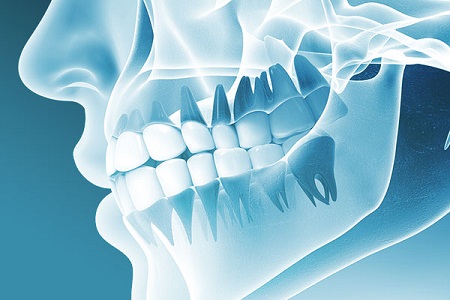- 11240 Montwood Dr Ste J, El Paso, TX 79936
- 915-201-2539
- 8611 N. Loop Dr. El Paso, TX 79907
- 915-859-2690
Temporomandibular disorder (TMD) is a chronic disorder that affects the temporomandibular joint and the surrounding muscles. This is the joint that connects the jaw to the skull.
(TMD) is a chronic disorder that affects the temporomandibular joint and the surrounding muscles. This is the joint that connects the jaw to the skull.
TMJ is the abbreviation for the temporomandibular joint, otherwise known as the jaw joint. Everyone has two of these joints. The TMJ is a joint that connects the back of the lower jaw to the temporal bone of the skull. It is a ball-and-socket type joint, and it functions as a pivot for opening and closing the jaw. The TMJ has two synovial joints: one between the articular disk and mandible, and one between the articular disk and temporal bone. The TMJ is an important part in our body’s anatomy because it helps us chew food, speak, yawn, laugh, or clench our teeth.
TMD symptoms vary from person to person depending on what causes their TMJ joint pain. The severity also varies from person to person. TMD Symptoms can include trouble opening or closing your jaw, pain in the jaw, headaches, earaches, neck and shoulder pain, difficulty biting or chewing food, clicking noises when opening or closing the mouth, and other symptoms.
A clicking sound when opening or closing your jaw may not be a problem by itself. It can be a problem if the clicking noise is accompanied by jaw pain or if your jaw gets stuck in the open or closed position.
The most common cause for pain in this joint is due to inflammation or degeneration of one or more of its components. This can happen with age or as a result of trauma. Pain can also be caused by arthritis in one or both of the joints. There is no cure for arthritis but medication is available for the pain it causes.
The muscles in the jaw can experience pain due to overuse, teeth grinding, or teeth clenching. These symptoms can also be caused by condition called myofascial pain syndrome. This syndrome is where you experience pain in other areas of your body such as the neck, back and shoulders. The cause of myofascial pain syndrome not always well understood. However, it has been suggested that it may be due to trigger points in the muscles that cause referred pain to other areas of the body. Trigger points are knots or tight spots in muscle tissue that may result from injury or overuse. Treatments include physical therapy, medications to relieve pain, and relaxation techniques.
If you are experiencing Temporomandibular Disorder symptoms described in this article Contact Sun City Dental El Paso.